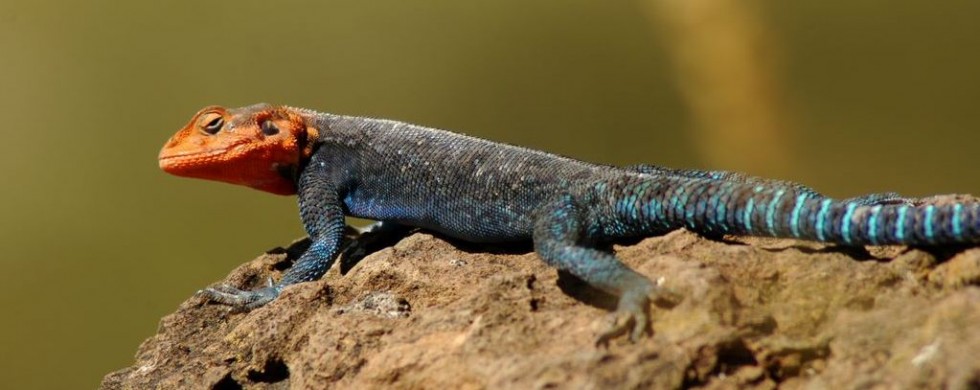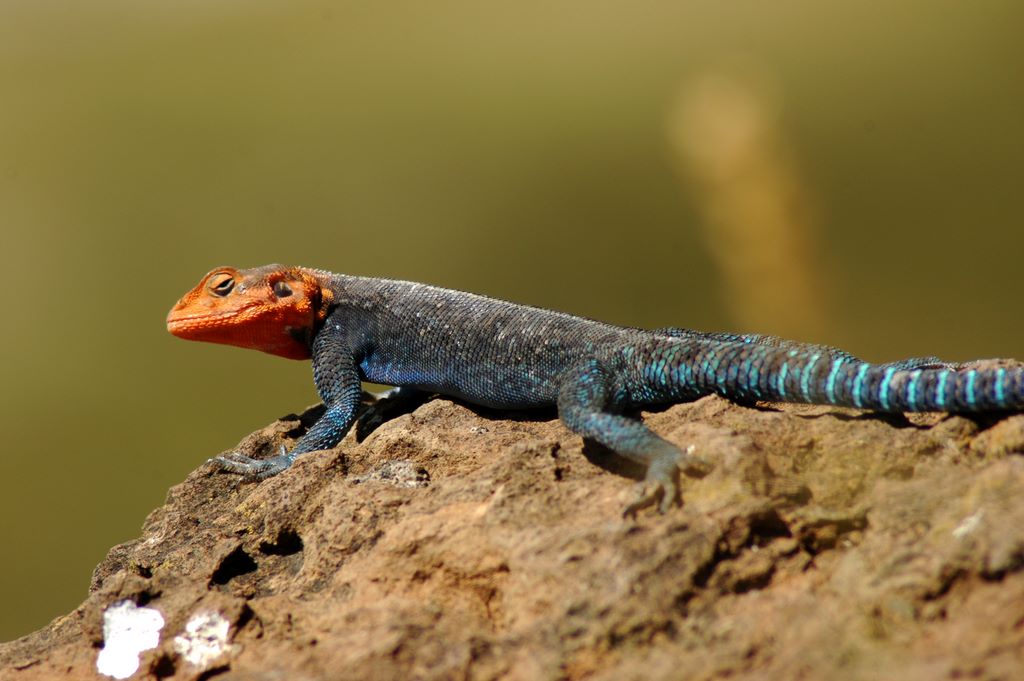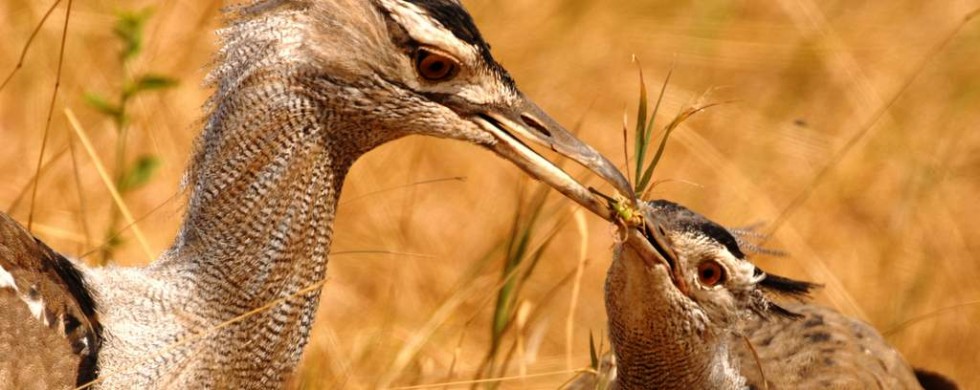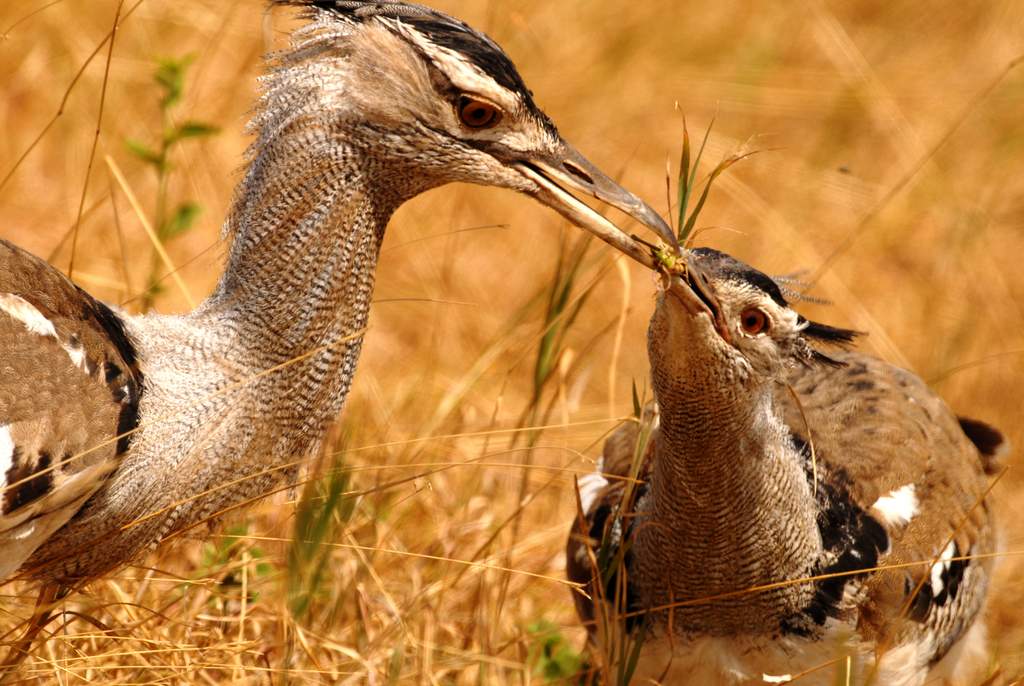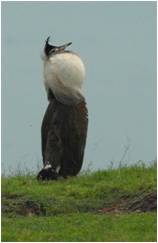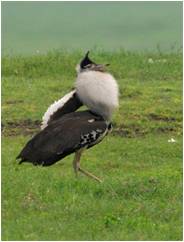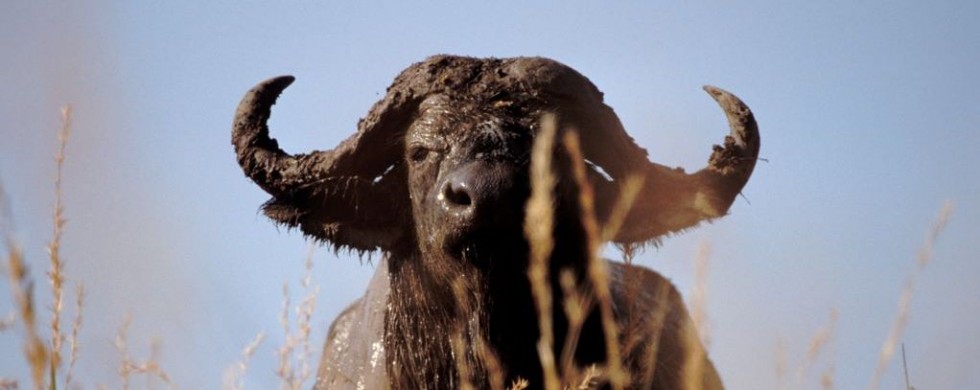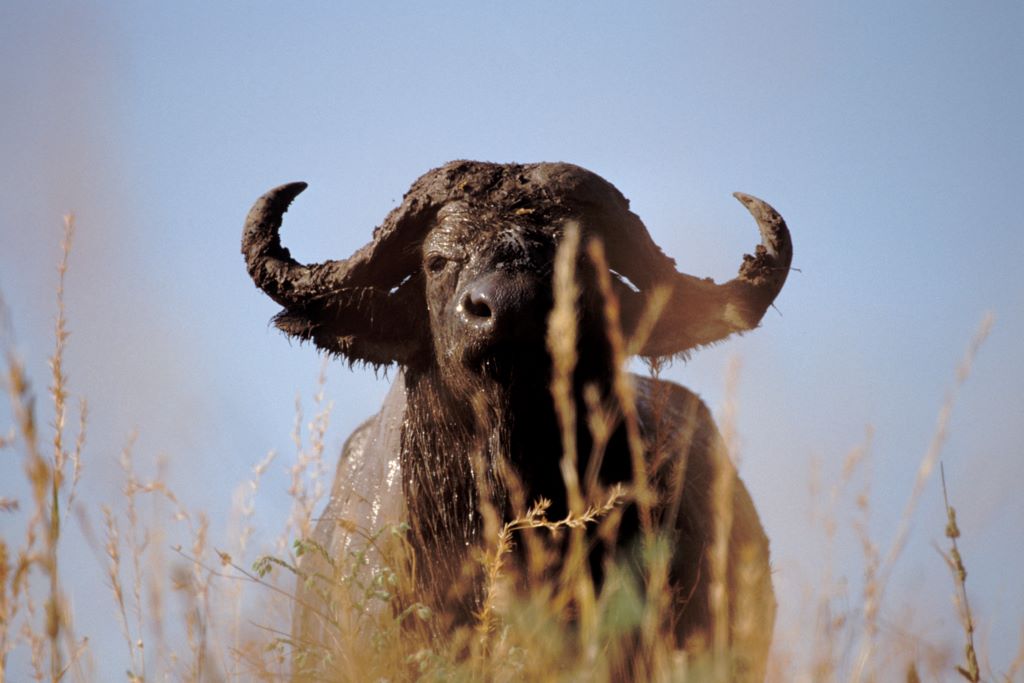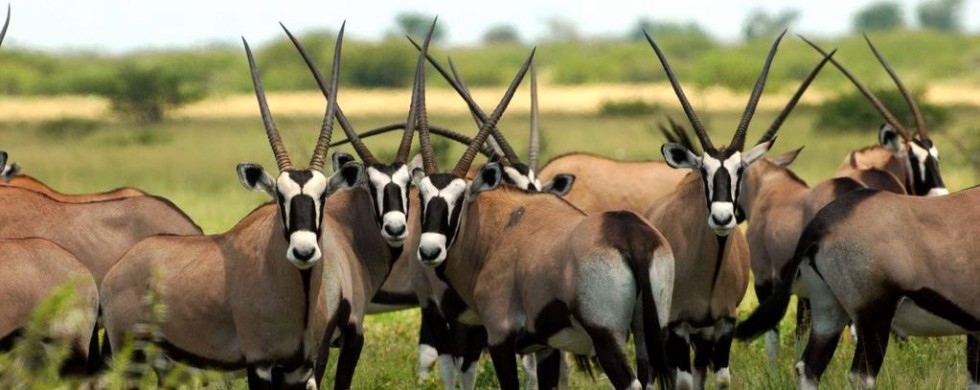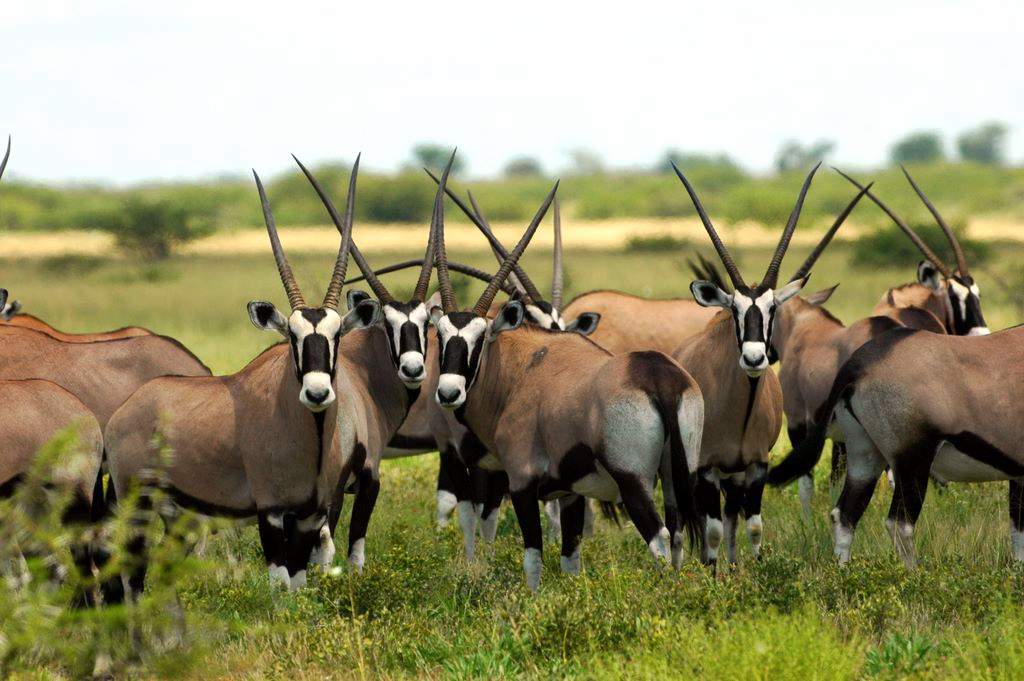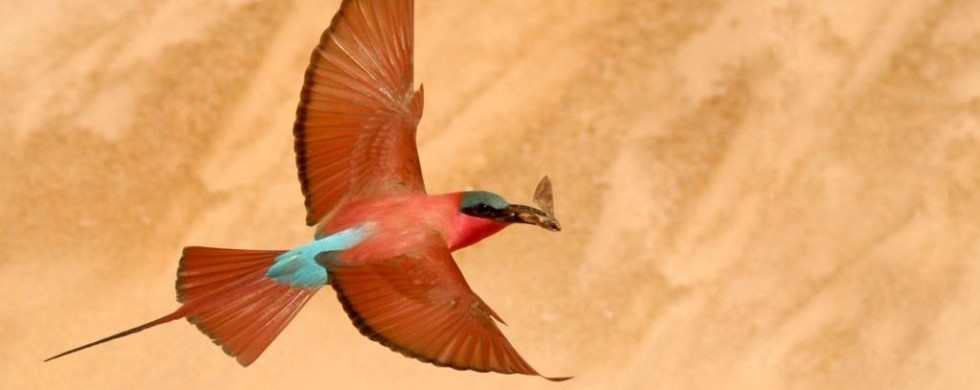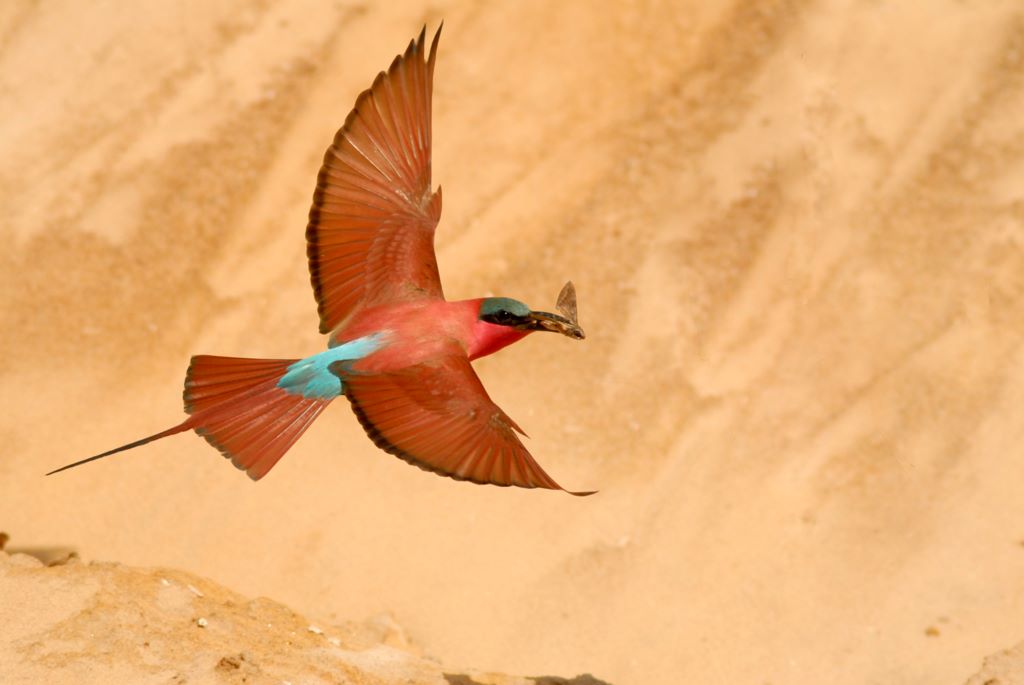15
Shot of the Month – March 2009
You gotta respect the attitude of this colorful fellow. It’s as if he is glancing over at us and cooling asking “And what, exactly, are you doing on my rock?” This would be attitude a la Agama – agama lizard to be precise.
Unlike many creatures on my website, agama lizards are far from being endangered. I have seen them in Gabon in West Africa, in Kenya and Tanzania in East Africa, and in most places in between. There are 31 species of agama lizard spread out across Africa.
In my first visit to Africa, as a Peace Corps volunteer, we called them the “push-up lizards.” Why? Well, the males, that would be the colorful ones, have this habit of running hither and thither, stopping abruptly, and for what seemed to be for no apparent reason would start to do push-ups. Of course, we all know now that this is all about boys being boys – the males were trying to show off to the lady lizards and/or scare off rival males. By bobbing up and down they were trying to appear larger than they really are.
Agama lizards live in a very hierarchical world. In a given space the most colorful agama will be the dominant male or “cock.” Subordinate males adopt a dull brown color. A dominant male can have up to six females in his territory for breeding. We’ve all seen lizards splayed on rocks basking in the sun–even this has its rules in Agama land. You will find the dominant male at the highest position on the rock, followed next by the sub-males, and lowest on this literal totem pole you will find the females.
Male agama lizards will fight each other to hold or take over a territory. A challenger will present himself in full splendid Technicolor – a visual cue that he is here to rumble. It is a scene many of us can recall from high school dances or from often repeated scenes at the local bar. First, the two rival males make eye contact – brows furrow. Soon there is a lot of huffing and puffing at a safe distance. Then the head bobbing thing. Then full body push-ups. If the challenger has not fled away or returned back to monochromatic servitude then the dominant male will charge closer to within a few inches. More bobbing. Finally the two charge each other, and then, well, and then they flip around in opposite directions. Have they lost their nerve? No, facing away from each other, tail to tail, allows the sword, uh, tail fighting to begin. They lash at each other until one is sufficiently pummeled and flees. Apparently, some biting can also occur, but that seems rather unmanly to me.
So there you have it, the glorious, albeit ridiculous, agama lizard – the life form that high school jocks come back as in their next life. (For those who believe in reincarnation)
Until next month… 🙂

